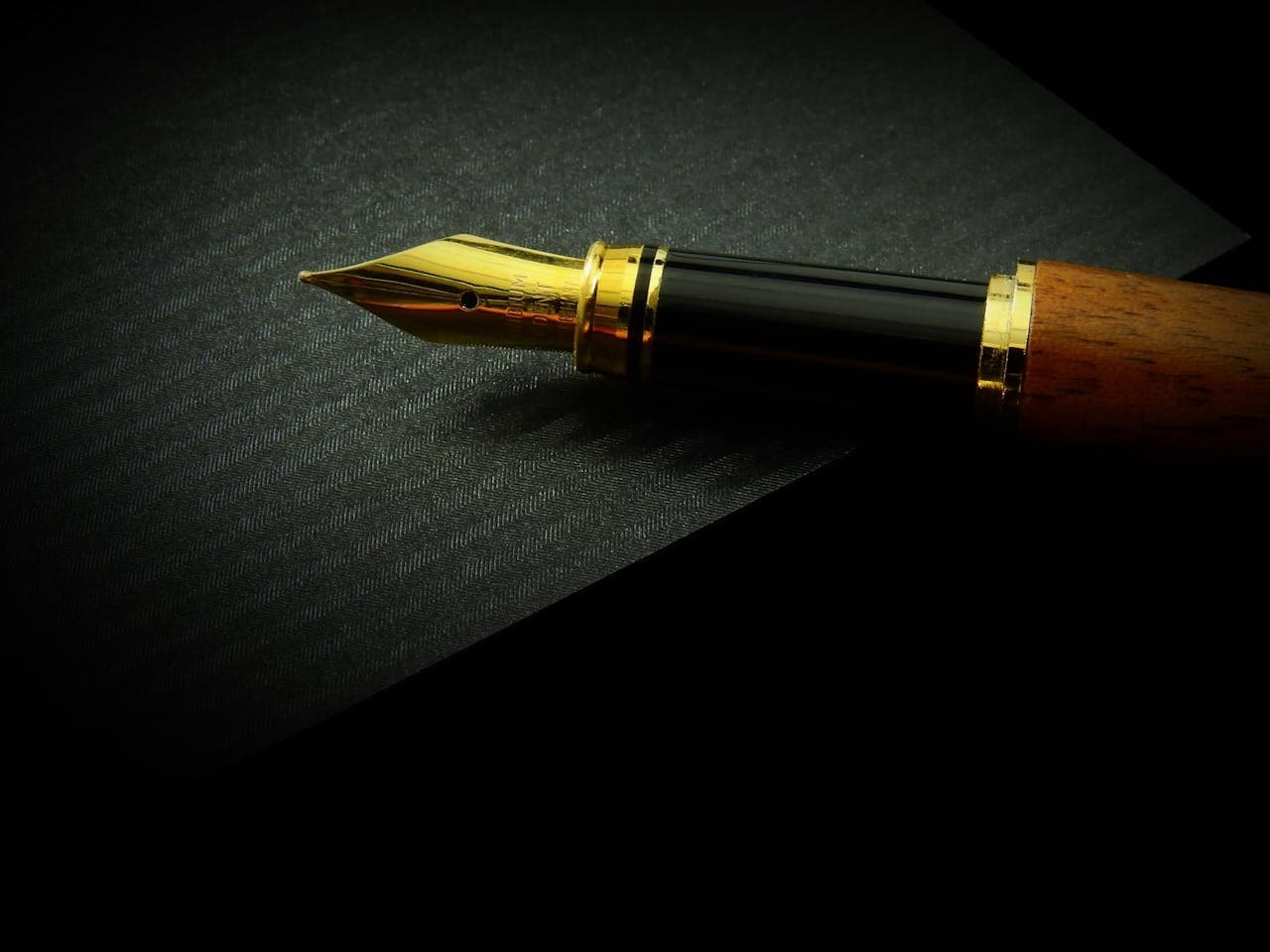Blog
Learning Materials
Handwriting Tips: Enhance Your Writing with Expert Advice

Tilen
Updated: June 24, 2024

Ever felt embarrassed by your scribbled handwriting on a birthday card? In our digital world, clear and legible handwriting has become a rare skill yet remains crucial for personal and professional communication. Writing in all caps, paying attention to spacing, and using your pinky for stability can significantly improve your handwriting's legibility. This blog will explore practical steps to refine your handwriting, from analyzing your current style to incorporating fun practices and choosing the right tools for beautiful writing.
Generate essays with Samwell.ai
Whether you’re a publisher, professor, journalist, or student, let us tailor a plan just for you.100% Accurate Citation from Academic Libraries
Upload PDF sources
Bypass AI detection with Semihuman
Plagiarism Free
Most Read Articles

Learning Materials
Your Guide to Help Writing a Essay Successfully
Expert tips for help writing a essay - from crafting a thesis to structuring your essay effectively.
Tilen

Reference
How to Write Critical Thinking Essay: Expert Tips
Expert tips for writing a critical thinking essay. Learn how to structure, choose topics, and use evidence effectively.'
Tilen

Learning Materials
How to Write a Good Hook: A Step-by-Step Guide
Master the art of crafting a good hook with our guide. Create compelling openers for a memorable first impression.
Tilen

Learning Materials
Ultimate Guide to Writing Tips: Enhance Your Skills Today
Discover a variety of writing tips in our ultimate guide to elevate your skills today!
Tilen
Start Writing Your Free Essay!
Undetectable AI content
In-text citations
Upload PDF sources
Authentic Sources
Plagiarism checker
Video References